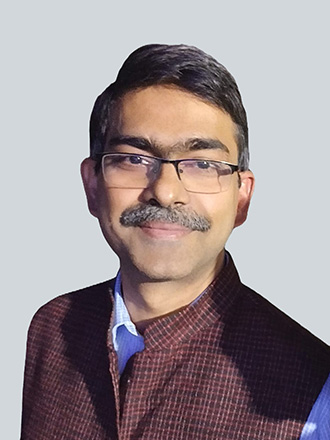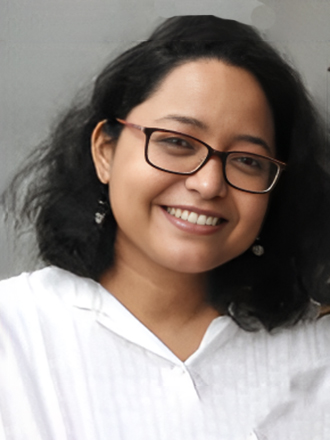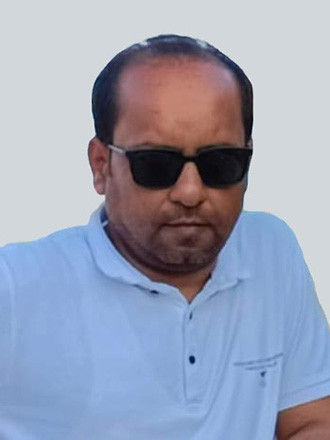The constellation strives to investigate various micro- and macro- issues of contemporary relevance pertaining to Indian economic growth and development. It will bring together meaningful research focusing on aspects of the Indian economy, viz evolution of the economy from a historical perspective, measurement of poverty and inequality in household and individual outcomes, labour market dynamics, and issues relating to Indian agriculture, among others. To achieve this, the constellation attracts economic historians, development economists, applied microeconomists, macroeconomists, and other academics interested in deepening their understanding of the Indian economy through different lenses.

Assistant Professor

Professor, JSGP
.webp)
Associate Professor, JGLS

Assistant Professor, JGLS

Associate Professor, JGLS
This study critically analyzes India's current approach to public financing for agriculture and its implications for growth, sustainability, and livelihoods. The objectives of this paper are, to examine the trends of public spending on agriculture and allied sectors; to understand the key priority areas of public spending within agriculture; to analysis the possible impacts of public spending approach on sustainability of the sector. The study examines the public spending patterns at the levels of Union and state governments.
By Gurpreet Singh and Dr. Avanindra Nath Thakur
This study will investigate deep into the dynamics of female labour force participation in urban India, which have witnessed an upward trend in recent years. It’ll look into the details of nature of industry and occupation, and job contract, wages and environment to get an idea on the true dynamics of this change since 2017-18. The final outcome will be a working paper.
By Dr. Shamindra Nath Roy and Dr. Avanindra Nath Thakur
Based on a large scale survey conducted on selected informal settlements of Delhi: this study will try to investigate the dynamics of intergenerational mobility in education and work in an urban informal set up. The immediate outcome will be a journal article on this study—and then the approach will be scaled up to include large scale secondary data analysis on related issues.
By Dr. Divya Gupta and Dr. Manika Bora
This is a book project that seeks to analyze the industrial policies adopted in India and suggest a suitable industrial policy for the Indian economy.
By Dr. Avishek Sur
This paper seeks to study the employment trends in rural vis-a-vis urban India before and after the Covid-19 pandemic involving other socio-economic variables, using the CMIE CPHS dataset.
By Dr. Avishek Sur